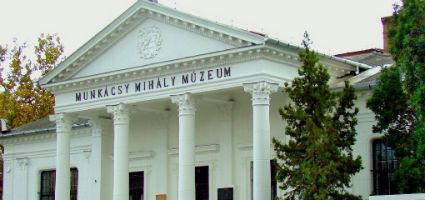2025. November 17. Monday
Mihály Munkácsy Museum - Békéscsaba
 |
Address: 5600, Békéscsaba Széchenyi u. 9.
Phone number: (66) 323-377, (66) 328-040
E-mail: mmm@bmmi.hu
Opening hours: Tue-Sun 10-18
|
|
27
|
28
|
29
|
30
|
31
|
1
|
2
|
|
3
|
4
|
5
|
6
|
7
|
8
|
9
|
|
10
|
11
|
12
|
13
|
14
|
15
|
16
|
|
17
|
18
|
19
|
20
|
21
|
22
|
23
|
|
24
|
25
|
26
|
27
|
28
|
29
|
30
|
|
Budapest
|
|
Budapest
|
|
Szombathely
|
|
Budapest
|
|
Budapest
|
|
Budapest
|
|
Budapest
|
|
Budapest
|
|
Budapest
|
|
Budapest
|
|
Vác
|
|
Miskolc
|
|
Budapest
|
|
Nagykáta
|
|
Nagykáta
|
|
Nagykáta
|
|
Nagykáta
|
|
Nagykáta
|
|
Budapest
|
 |
Address: 5600, Békéscsaba Széchenyi u. 9.
Phone number: (66) 323-377, (66) 328-040
E-mail: mmm@bmmi.hu
Opening hours: Tue-Sun 10-18
|